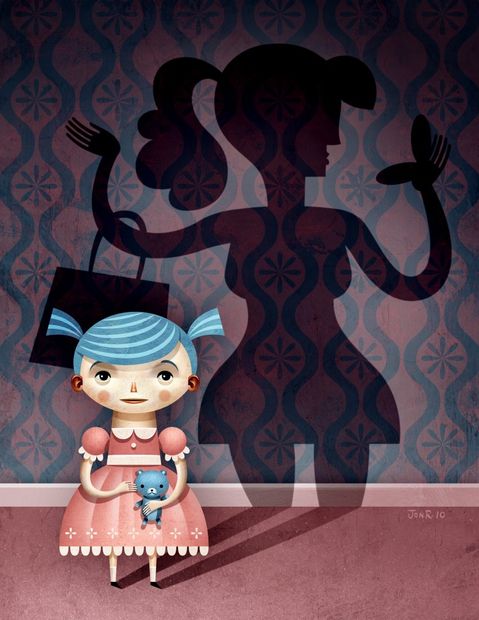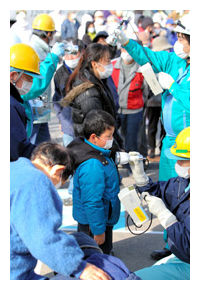
Precocious Puberty
Claudia and Joe's baby girl has been racing to grow up, almost from the moment she was born. Laila sat up on her own at 5 months old and began talking at 7 months and walking by 8½ months.
"All of our friends told us to cherish every moment," Claudia says. "When I started planning her first birthday party, I remember crying and wondering where the time had gone."
Even so, Laila's parents never expected their baby to hit puberty at age 6.
They first noticed something different when Laila was 3, and she began to produce the sort of body odor normally associated with adults. Three years later, she grew pubic hair. By age 7, Laila was developing breasts.
Without medical treatment, doctors warned, Laila could begin menstruating by age 8 - an age when many kids are still trying to master a two-wheeler. Laila's parents, from the Los Angeles area, asked USA TODAY not to publish their last name to protect their daughter's privacy.
Doctors say Laila's story is increasingly familiar at a time when girls are maturing faster than ever and, for reasons doctors don't completely understand, hitting puberty younger than any generation in history.

Comment: A wonderful relaxation technique that has been proven to be beneficial for children is Éiriú Eolas. This amazing stress-control, healing, detoxing and rejuvenation program can be found at EEbreathe.com.